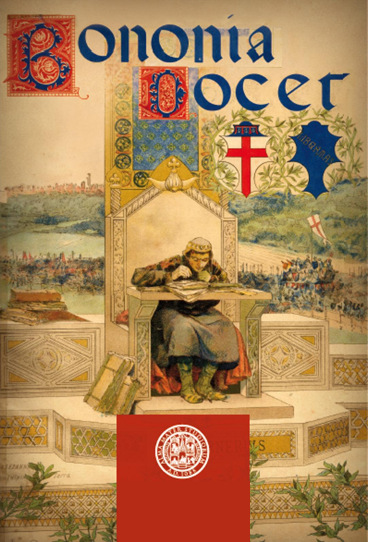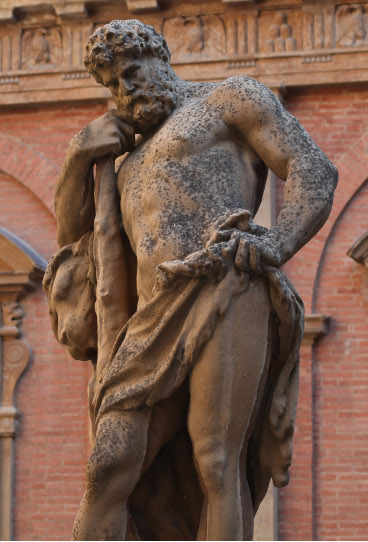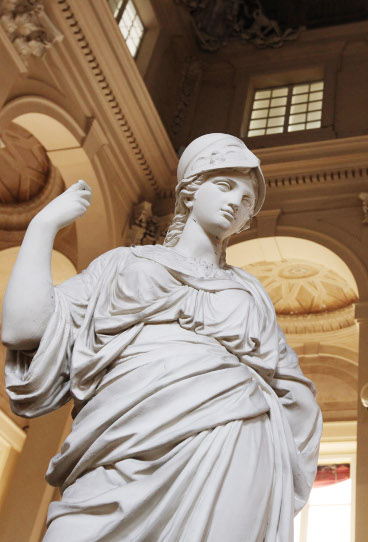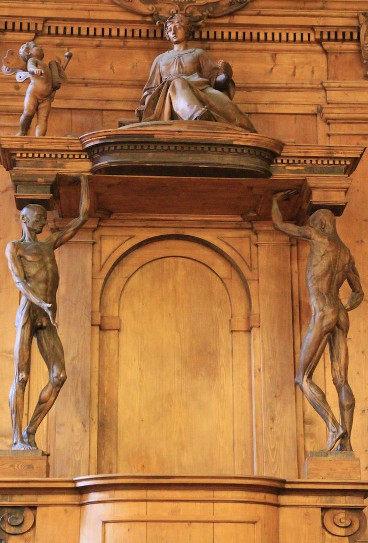University of Bologna A.D. 1088
Alma Mater Studiorum
The University of Bologna was founded in 1088 and is considered to be the oldest university in the Western world. Its history, intertwined with the lives of great figures in science and literature, is a vital thread in the fabric of European culture. The University's crest carries the motto Alma mater studiorum (Latin for Nourishing mother of the studies), and over the centuries the institution has been a nurturer and protector of knowledge, scholarship, and scientific discovery.
The University of Bologna was home to illustrious students including Dante, Petrarca, Pico della Mirandola, Leon Battista Alberti, Thomas Becket, Pope Nicholas V, Erasmus of Rotterdam, and Copernicus. In 1732, Laura Bassi became the first woman to officially teach at a college in Europe. Paracelso, Raimundo de Peñafort, Albrecht Dürer, St. Carlo Borromeo, Torquato Tasso, and Carlo Goldoni all spent time at the University. In modern times, Bologna's reputation for scientific and technological development is linked to the works of Luigi Galvani, the discoverer of biological electricity, and Guglielmo Marconi, the pioneer of radio technology.
The University of Bologna fosters science and innovation through a wide range of study programmes and many cutting-edge research projects. With 5 campuses, a staff of almost 6,000, and about 86,000 students from all over the world, the university has an international outlook and a strong presence in the region. It also includes a school of excellence named Collegio Superiore di Bologna.
Its particularly rich programme catalogue offers complete study paths of great cultural, scientific, and professional interest, providing many students with access to good employment. Bologna consistently places high in national and international university rankings. It is the top Italian university according to QS World Ranking.
Summer Screws' Hosts

© Università di Bologna-2013
The School of Engineering and Architecture, venue of the Summer School, was founded in 1875. Nowadays, it offers students learning curricula in several fields of engineering, such as industrial, mechanical, ICT, environmental, civil, constructional, biomedical, aeronautical and space, chemical and biochemical, electric energy, electronic, telecommunications, automation, management, as well as architecture and industrial design.
The Fifth Summer Screws is locally organized by the Group of Robotics and Articular Biomechanics (GRAB), at the Department of Industrial Engineering .Established in 1982 by Professor Parenti-Castelli, the GRAB research team also includes three assistant professors, three post-docs, and a number of Ph.D. Students and contract researchers.
GRAB research covers several fields in the domain of the Mechanics of Machines, including mechanism theory, robotics, industrial automation, and articular biomechanics. In these areas, the group has gained international recognition.



